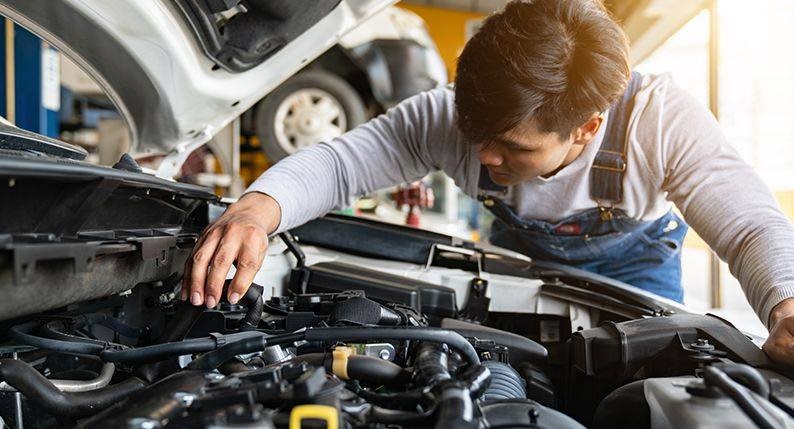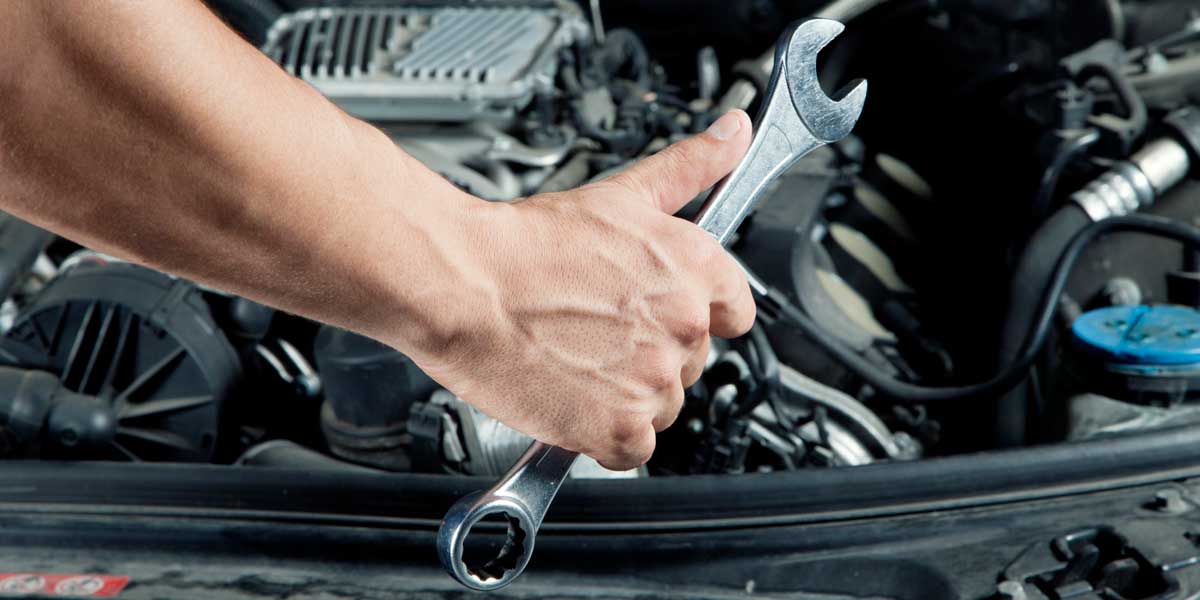All Categories
Featured
Tire rotations are one of the most basic yet most reliable upkeep jobs to guarantee your automobile runs efficiently and securely. This routine solution redistributes tire wear, supplying countless advantages for your car's efficiency, safety and security, and your purse.
What Does Tire Rotation Involve?
Tire turning is the process of periodically transforming the position of each tire on your automobile. For example, front tires may be exchanged with back ones, or tires may be moved diagonally. The certain pattern depends on factors like your lorry's drivetrain (front-wheel, rear-wheel, or four-wheel drive) and the type of tires you have.
![]()
Why Tire Rotations Are Critical
Promotes Also Step Put On. Various tires birth various quantities of weight and anxiety depending upon their setting. Front tires often wear faster since they handle stopping and guiding. Regular rotations balance out the wear, guaranteeing all 4 tires have similar step midsts.
Expands Tire Life Expectancy. Uneven wear brings about premature tire replacements. Rotating your tires can prolong their lifespan, saving you money over time.
Enhances Vehicle Efficiency. Balanced tires boost security, taking care of, and grip. Whether you're cornering, braking, or driving on slippery roads, uniformly used tires ensure a smoother and much safer driving experience.
![]()
Improves Fuel Performance. Tires with irregular walk wear can produce extra moving resistance, which makes your engine job tougher and eats a lot more fuel. Regular turnings help maintain ideal gas effectiveness.
Guarantees Security. Used tires can endanger stopping range and control. By rotating your tires, you preserve even use and minimize the threat of blowouts or skidding.
Just How Typically Should You Turn Your Tires?
Professionals advise revolving your tires every 5,000 to 7,500 miles. A practical approach is to pair tire rotations with oil modifications. Always consult your automobile's proprietor guidebook for certain standards.
Typical Rotation Patterns
Rotation patterns rely on your automobile's drivetrain and tire kind:
Front-Wheel Drive (FWD): Front tires move to the back, and rear tires cross to the front.
Rear-Wheel Drive (RWD): Back tires relocate to the front, and front tires go across to the back.
All-Wheel Drive (AWD): Tires comply with an "X" pattern to make certain well balanced wear.
Directional Tires: These tires have to stay on the same side of the vehicle and are exchanged front to back.
Signs Your Tires Need Turning
Unequal step wear.
![]()
Lowered fuel effectiveness.
Resonances while driving, especially at high rates.
Difficulty managing the lorry in negative weather.
Last Ideas
Tire rotations are a very easy way to safeguard your financial investment and improve your driving experience. By rearranging wear, you can expand the life of your tires, boost gas performance, and ensure your safety and security when traveling. Arrange routine tire turnings with a trusted technician and make it a consistent component of your vehicle's upkeep routine.
What Does Tire Rotation Involve?
Tire turning is the process of periodically transforming the position of each tire on your automobile. For example, front tires may be exchanged with back ones, or tires may be moved diagonally. The certain pattern depends on factors like your lorry's drivetrain (front-wheel, rear-wheel, or four-wheel drive) and the type of tires you have.

Why Tire Rotations Are Critical
Promotes Also Step Put On. Various tires birth various quantities of weight and anxiety depending upon their setting. Front tires often wear faster since they handle stopping and guiding. Regular rotations balance out the wear, guaranteeing all 4 tires have similar step midsts.
Expands Tire Life Expectancy. Uneven wear brings about premature tire replacements. Rotating your tires can prolong their lifespan, saving you money over time.
Enhances Vehicle Efficiency. Balanced tires boost security, taking care of, and grip. Whether you're cornering, braking, or driving on slippery roads, uniformly used tires ensure a smoother and much safer driving experience.

Improves Fuel Performance. Tires with irregular walk wear can produce extra moving resistance, which makes your engine job tougher and eats a lot more fuel. Regular turnings help maintain ideal gas effectiveness.
Guarantees Security. Used tires can endanger stopping range and control. By rotating your tires, you preserve even use and minimize the threat of blowouts or skidding.
Just How Typically Should You Turn Your Tires?
Professionals advise revolving your tires every 5,000 to 7,500 miles. A practical approach is to pair tire rotations with oil modifications. Always consult your automobile's proprietor guidebook for certain standards.
Typical Rotation Patterns
Rotation patterns rely on your automobile's drivetrain and tire kind:
Front-Wheel Drive (FWD): Front tires move to the back, and rear tires cross to the front.
Rear-Wheel Drive (RWD): Back tires relocate to the front, and front tires go across to the back.
All-Wheel Drive (AWD): Tires comply with an "X" pattern to make certain well balanced wear.
Directional Tires: These tires have to stay on the same side of the vehicle and are exchanged front to back.
Signs Your Tires Need Turning
Unequal step wear.

Lowered fuel effectiveness.
Resonances while driving, especially at high rates.
Difficulty managing the lorry in negative weather.
Last Ideas
Tire rotations are a very easy way to safeguard your financial investment and improve your driving experience. By rearranging wear, you can expand the life of your tires, boost gas performance, and ensure your safety and security when traveling. Arrange routine tire turnings with a trusted technician and make it a consistent component of your vehicle's upkeep routine.
Latest Posts
Trustworthy Overhead Door Solutions for Homes and Companies
Published en
1 min read
Selecting the Right Roof Covering Color: Effect on Energy Efficiency
Published en
1 min read
Uncover Montclare Auto Repair’s Leading Car Care Solutions and Why Drivers Trust Them
Published en
1 min read
More
Latest Posts
Trustworthy Overhead Door Solutions for Homes and Companies
Published May 25, 25
1 min read
Selecting the Right Roof Covering Color: Effect on Energy Efficiency
Published May 23, 25
1 min read
Uncover Montclare Auto Repair’s Leading Car Care Solutions and Why Drivers Trust Them
Published May 23, 25
1 min read